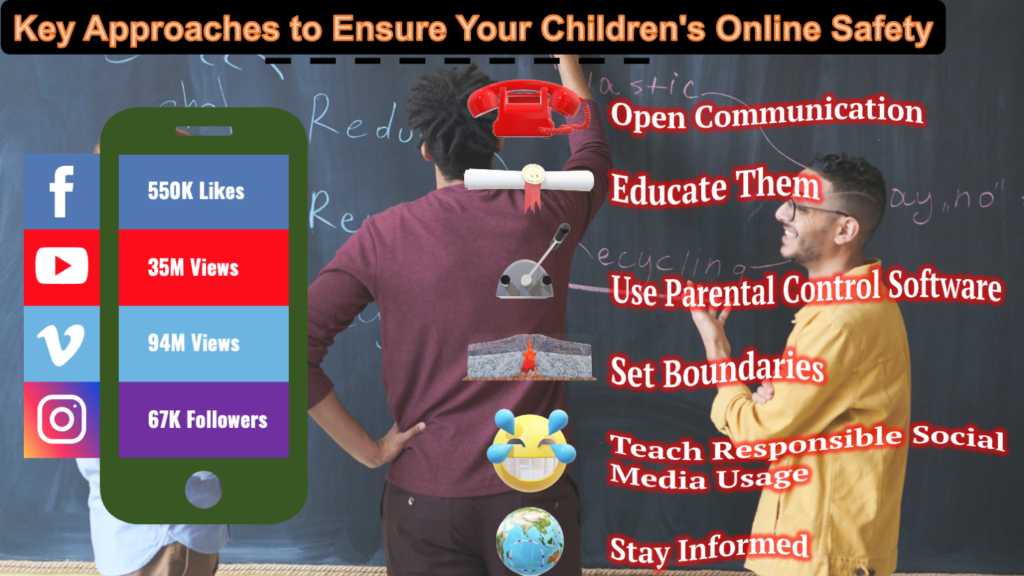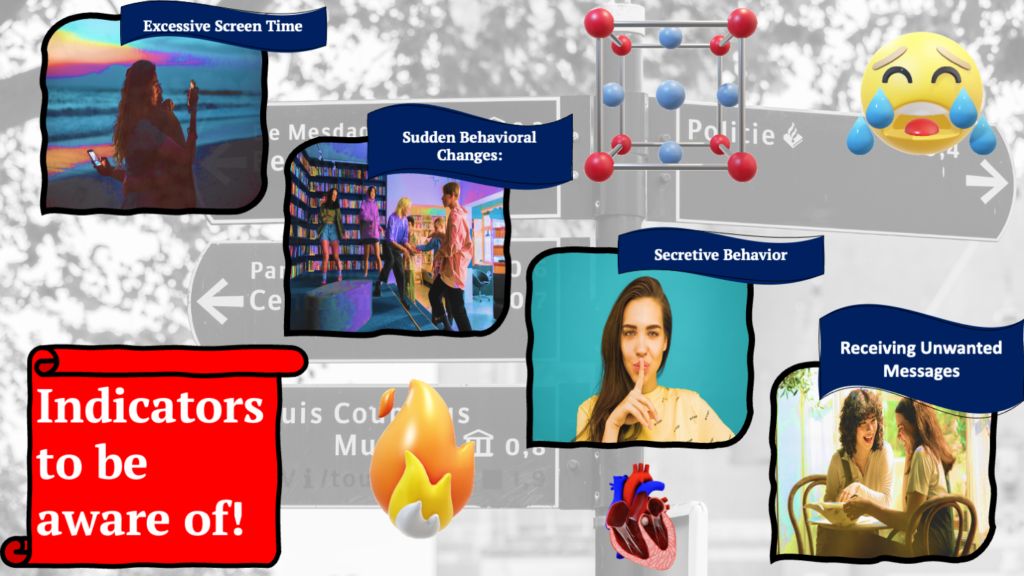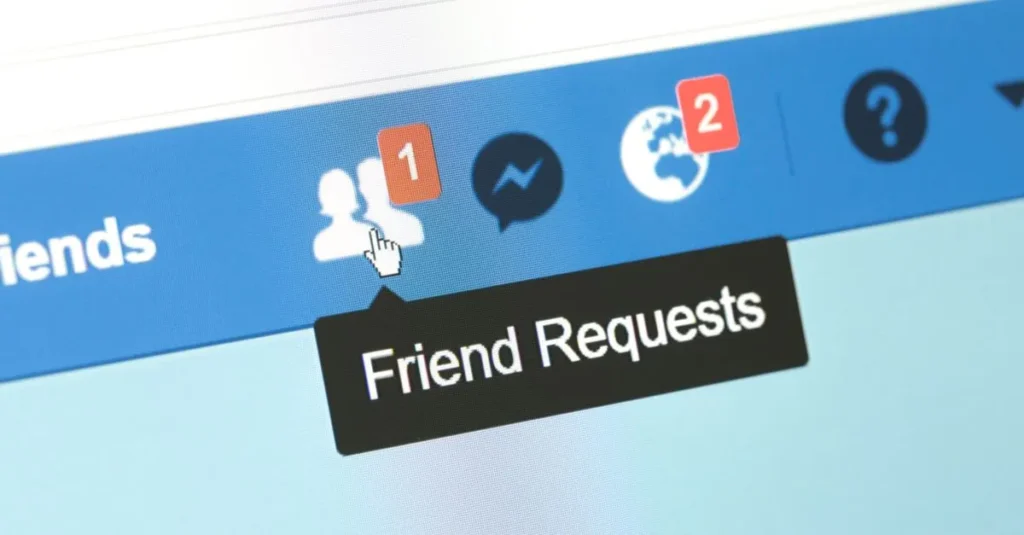To Share is to Show You Care!
In today’s fast-paced digital world, where technology plays a significant role in our daily lives, it’s crucial to ensure the safety of our precious kids online. With the ever-evolving digital landscape, new threats and challenges can emerge. This guide will help you stay ahead in 2023 by providing essential tips to keep your children safe and sound online.
1. Understanding the Digital Landscape in 2023
1.1 Increased Screen Time

In 2023, the digital landscape has evolved to the point where children are spending more time than ever on screens. Whether it’s for entertainment, education, or socializing, screens have become an integral part of their lives. The increased screen time means that as parents, you need to be more vigilant about what your kids are exposed to and how much time they spend online.
1.2 Social Media
The proliferation of social media platforms means that children have numerous ways to connect with their peers and the world. While these platforms can be educational and fun, they also present risks such as cyberbullying, exposure to inappropriate content, and interactions with strangers. It’s crucial to educate your children on responsible social media usage and guide them on setting privacy settings.

1.3 Online Learning

With the rise of remote learning, children are frequently using various online tools and platforms for their education. While this is a valuable resource, it also exposes them to potential risks. Parents should ensure that their kids are using these platforms safely and responsibly, and be aware of the resources their schools are using.
1.4 Cyberbullying and Online Predators
Unfortunately, in 2023, cyberbullying and the presence of online predators are still significant concerns. Cyberbullying can occur on social media platforms, through text messages, or on gaming platforms. Online predators may pose as friendly individuals to gain a child’s trust. Parents should educate their kids about these dangers and encourage open communication, so children feel comfortable reporting any concerning interactions.

2. Top Strategies for Keeping Your Kids Safe Online

2.1 Open Communication

Maintaining open and honest communication with your children is the foundation of online safety. Encourage them to talk to you about their online experiences and any concerns they may have. Create an environment where they feel safe sharing without fear of punishment, so you can address problems together.
2.2 Educate Them
It’s essential to teach your kids about the potential dangers of the internet. Explain the importance of protecting their personal information, avoiding sharing sensitive data, and being cautious about the people they interact with online. Help them understand the consequences of cyberbullying and online harassment.

2.3 Use Parental Control Software

Parental control apps or software can be valuable tools for monitoring and managing your child’s online activities. These tools allow you to set time limits for screen time, block access to inappropriate content, and even track the websites and apps your child uses. It’s important to find the right balance between monitoring and respecting your child’s privacy.
2.4 Set Boundaries
Establish clear rules and boundaries for screen time and online activities. Ensure that your kids understand these rules and the consequences for not following them. Consistency is key when it comes to enforcing these boundaries, so your children know what to expect.

2.5 Teach Responsible Social Media Usage

If your child is using social media, guide them on responsible usage. Show them how to adjust privacy settings to control who can see their content. Emphasize the importance of not sharing personal information with strangers and the potential risks of sharing too much online.
2.6 Stay Informed
The digital world is constantly changing, and new threats emerge regularly. Stay informed about the latest trends, threats, and developments in technology to better protect your children. Subscribe to newsletters or websites that focus on internet safety and share important updates with your family.

3. Signs to Watch For

3.1 Sudden Behavioral Changes

If your child experiences sudden changes in behavior, such as becoming withdrawn, anxious, or showing signs of depression, it could be related to their online experiences. These changes might be linked to cyberbullying or other online issues. It’s crucial to address such changes with sensitivity and open communication.
3.2 Excessive Screen Time
Excessive screen time can negatively impact your child’s physical and mental well-being. It can lead to issues like sleep disturbances, reduced physical activity, and can contribute to mood swings. Monitoring and setting limits on screen time are essential for a balanced lifestyle.

3.3 Secretive Behavior

If your child starts to hide their online activities or avoids discussions about their digital life, it could be a warning sign that something is amiss. Encourage open dialogue and assure your child that you’re there to support and help them.
3.4 Receiving Unwanted Messages or Friend Requests
If your child receives unsolicited messages or friend requests from strangers, it’s vital to address this immediately. These could be signs of potential online predators trying to gain access to your child. Teach your children not to accept requests or messages from people they don’t know in real life.

Conclusion
By following these strategies and staying proactive in monitoring your child’s online activities, you can ensure they are safe and sound in the digital age of 2023. Remember, open communication and education are your best tools to protect your precious kids online.
Frequently Asked Questions
Q1: How do you keep kids safe in the digital age?
A: To keep kids safe in the digital age, it’s essential to establish open communication, educate them about online dangers, use parental control software, set clear boundaries, and teach responsible social media usage. Staying informed about the ever-changing digital landscape is also crucial.
Q2: What are the 4 C’s of online safety?
A: The 4 C’s of online safety typically refer to Content, Contact, Conduct, and Commercialism. These principles guide children and adults in safe and responsible internet usage by emphasizing critical aspects of online behavior.
Q3: How can we protect children growing up in a digital society?
A: Protecting children in a digital society involves teaching them responsible online behavior, monitoring their activities, setting limits on screen time, and using parental control tools. It’s also vital to encourage open communication and stay informed about the digital landscape.
Q4: How can we protect our privacy in the digital age?
A: Protecting your privacy in the digital age involves using strong, unique passwords, enabling two-factor authentication, being cautious about sharing personal information, regularly updating software, and using virtual private networks (VPNs) for online activities. Additionally, understanding and adjusting privacy settings on social media and online accounts is essential.
Q5: What are the safe digital behaviors?
A: Safe digital behavior includes protecting personal information, avoiding sharing sensitive details online, recognizing and avoiding online threats such as phishing scams, cyberbullying, and online predators, and using strong and unique passwords. It also involves respecting copyright and intellectual property rights when sharing content online.
Q6: Why is the digital age a challenge for children?
A: The digital age presents challenges for children due to the potential exposure to online dangers, including cyberbullying, inappropriate content, and online predators. It can also lead to excessive screen time, impacting physical and mental health. Ensuring their safety and teaching responsible usage is essential.
Q7: What are the five P’s needed in order to stay safe online?
A: The five P’s for staying safe online are Privacy (protecting personal information), Passwords (using strong, unique passwords), Parental controls (for monitoring and managing children’s online activities), Prudent behavior (being cautious and responsible online), and Protection against cyber threats (such as malware and phishing).
Q8: What are the 3 C’s of cybersafety?
A: The 3 C’s of cybersafety often refer to Content (identifying and avoiding harmful or inappropriate content), Contact (managing online interactions, especially with strangers), and Conduct (maintaining responsible and respectful behavior online).
Q9: What are the 3 C’s of digital safeguarding?
A: The 3 C’s of digital safeguarding typically include Content (protecting against exposure to inappropriate material), Contacts (managing online relationships, especially with unknown individuals), and Communication (ensuring open communication with trusted adults about online experiences).
Q10: How can we protect our children from risks of modern technology?
A: Protecting children from modern technology risks involves educating them about these risks, using parental control tools, setting screen time limits, monitoring online activities, and fostering open communication. Parents should stay informed about the latest digital trends and threats.
Q11: At what age should kids be exposed to social media?
A: The appropriate age for kids to be exposed to social media varies depending on the child’s maturity and responsibility. Many social media platforms have age restrictions (often 13 or older), but it’s ultimately up to parents to determine when their child is ready for the responsibilities and potential risks of social media.
Q12: How can parents use technology to protect their children from danger?
A: Parents can use technology to protect their children by employing parental control apps or software to monitor and manage online activities, setting up safe search filters, using device-specific parental controls, and establishing geofencing for location tracking. Technology can also enable open communication with children through messaging and video call apps.
Q13: What are 4 ways to protect your privacy online?
A: Four ways to protect your privacy online include using strong and unique passwords, enabling two-factor authentication, being cautious about sharing personal information, using VPNs for added security, and regularly reviewing and adjusting privacy settings on social media and online accounts.
Q14: Why is privacy important in the digital age?
A: Privacy is crucial in the digital age because it safeguards personal information and protects individuals from identity theft, cyberbullying, stalking, and other online threats. It also preserves personal autonomy and ensures data security.
Q15: Why is security and privacy important in the digital age?
A: Security and privacy are vital in the digital age to protect personal information, prevent data breaches, and safeguard against online threats. They help maintain trust in online transactions, secure sensitive data, and ensure a safe and responsible digital experience.
The Informed Minds
I'm Vijay Kumar, a consultant with 20+ years of experience specializing in Home, Lifestyle, and Technology. From DIY and Home Improvement to Interior Design and Personal Finance, I've worked with diverse clients, offering tailored solutions to their needs. Through this blog, I share my expertise, providing valuable insights and practical advice for free. Together, let's make our homes better and embrace the latest in lifestyle and technology for a brighter future.

